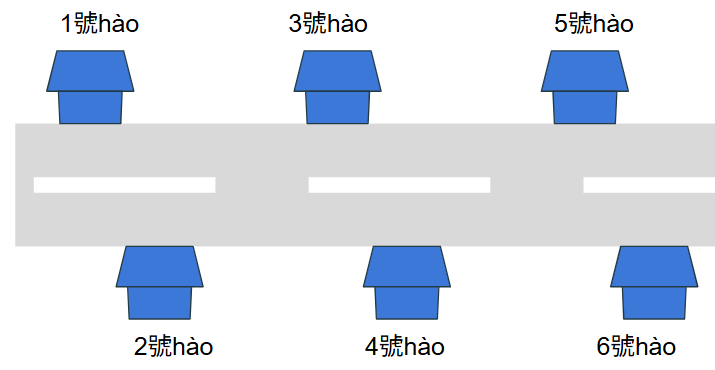Understanding Addresses in Taiwan
Taiwanese addresses, while appearing complex at first glance, follow a structured system that makes navigation straightforward once you understand the components. Unlike many Western countries that start with the house number, Taiwan's addresses generally begin with the largest administrative division and narrow down to the smallest.
A typical address in Taiwan starts with the city (市 shì) or county (縣xiàn), followed by the district (區qū), or in some cases, the township (鎮zhèn) or village (鄉xiāng).
Next comes the road (路lù) or street (街jiē) name, often divided into sections (段duàn). These sections are numbered, and you'll commonly see numbers like "一段" (Section 1), "二段" (Section 2), and so on.
After the road and section, you'll find the lane (巷xiàng) number, followed by the alley (弄nòng) number if applicable.
Finally, the address concludes with the house number (號hào), which might also include a floor (樓lóu) or apartment number (室shì).
Sometimes, a "之" (zhi) or hyphenated number (e.g., 20-3) is used after the house number, indicating an attached unit or a subdivision within a main number.
For example, a full address, 台北市大安區信義路四段123巷5弄67號三樓5室,might look something like this in English translation:
"Taipei City, Daan District, Xinyi Road, Section 4, Lane 123, Alley 5, No. 67, 3rd Floor, Room 5"
When writing it for mail, it's best to follow the Chinese order and then add "Taiwan (R.O.C.)" and the postal code at the end. The postal code (郵遞區號) is a 3+2 digit system, essential for efficient mail delivery.
Understanding this hierarchical structure, from large to small, is key to navigating and writing addresses effectively in Taiwan.





留言
張貼留言